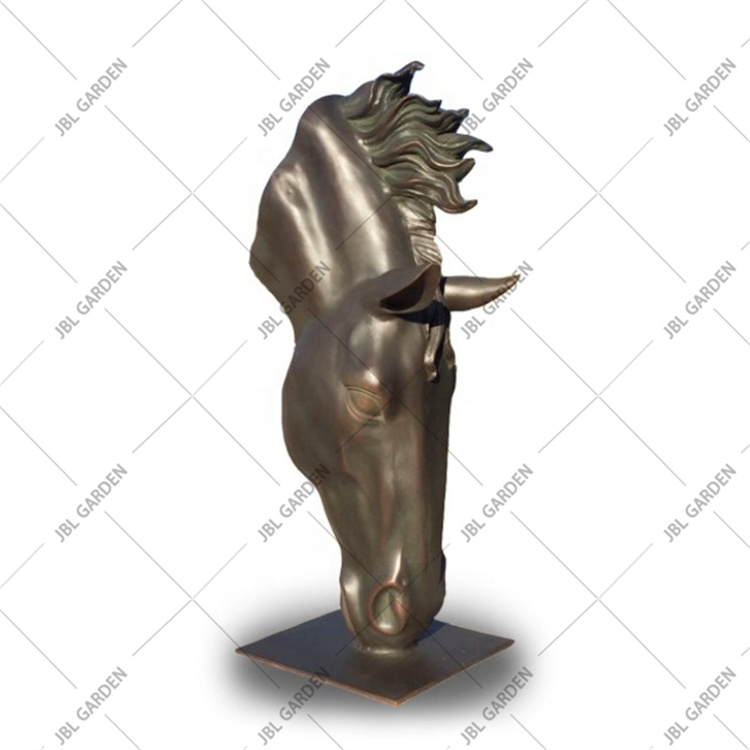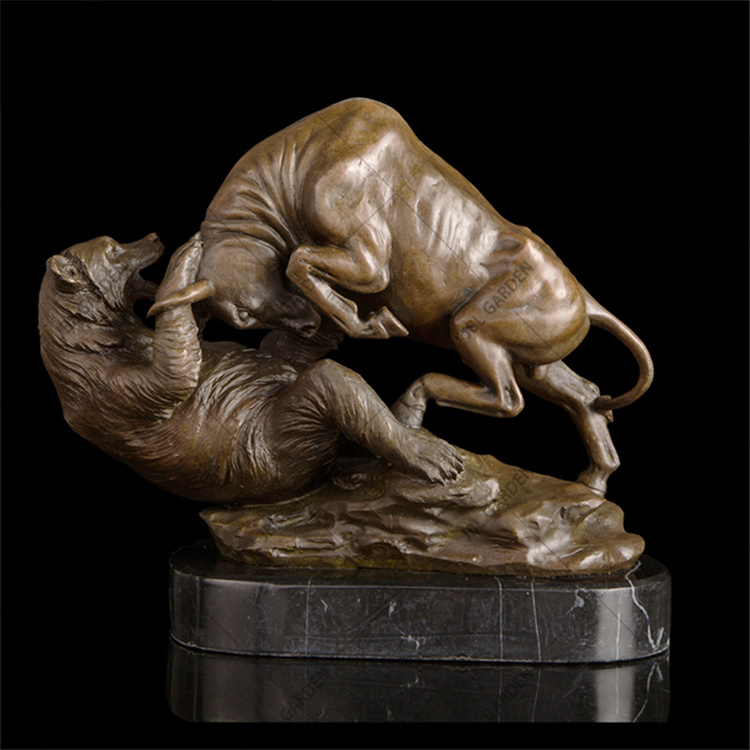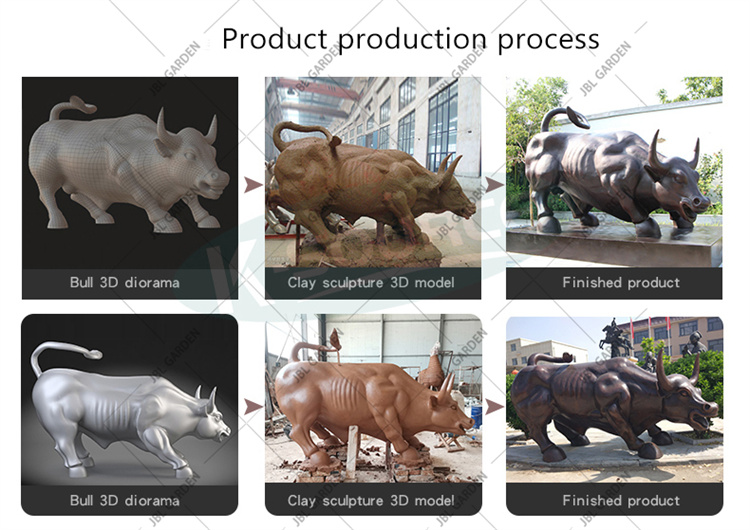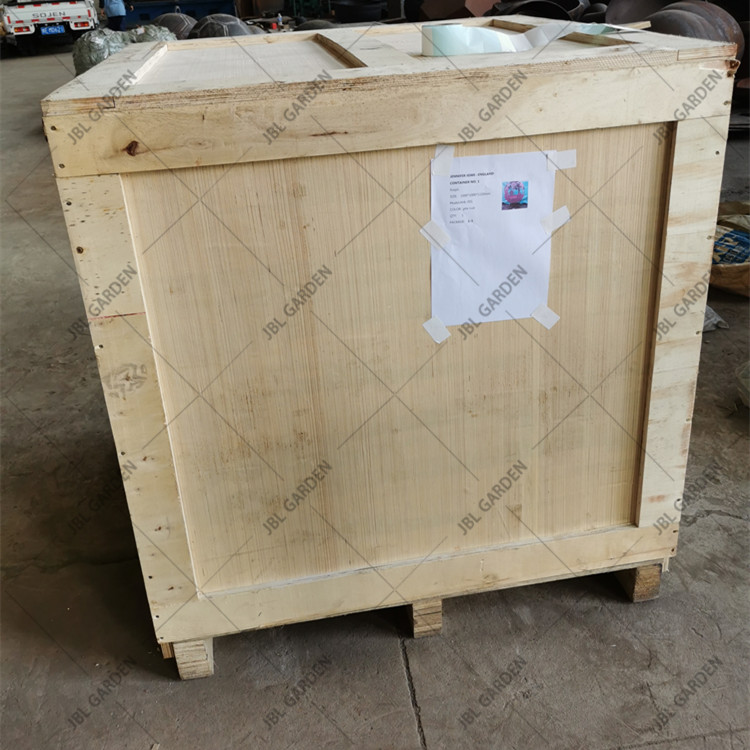The standardization, dataization and standardization of the production process are the goals that printing companies have been pursuing, but they have not been truly resolved for a long time. The reason is partly derived from deviations in the understanding of normalization, dataization and standardization, of course, it is also limited by technical conditions, and the most fundamental problem is how to judge the production results (including finished products and semi-finished products), as objectively as possible. Out of evaluation. Changing people ’s long-established processing principles, thinking habits, and values ​​is a very difficult matter, and it cannot be solved by simply introducing new technologies, new processes, new equipment, and new materials. Process control, which was popular in China more than 20 years ago, seemed to find a way out for standardization, dataization, and standardization, but it soon disappeared. Now the process control is again mentioned, the key lies in how to achieve it.
In fact, the germination of process control has appeared since the first industrial revolution. The concept is not new, but the basis of traditional process control is manual labor, which is essentially different from the process control proposed today. The International Color Committee meeting held in the early 1970s considered the color reproduction process from a system engineering perspective, established a theoretical relationship between the original and the replica, and emphasized the importance of modifying the color separation parameters. More than 20 years later, the printing industry's production methods, means and tools have undergone tremendous changes. All these changes are related to the invention of electronic computers by human beings, so it is impossible to leave the computer when re-raising process control, and still stay in the process control based on the concept of production organization and conventional management. Necessary.
basic concept
1. Understanding of normalization, dataization and standardization
Production standardization should not only be reflected in organizational specifications, plan formulation specifications, process specifications, operating specifications and material use specifications, but also reflect the standardization of data utilization, information exchange and management methods, establish a transparent production environment, production command staff, management personnel Smooth information exchange with the operator.
The meaning of dataization is to organize and manage production according to data. This involves at least two issues of data accumulation and data utilization. Data accumulation is inseparable from data collection and establishing an effective database, which may be easy to do. The difficult problem is the use of data, which is related to the guiding ideology of production data. On the one hand, data collection and accumulation should be carried out according to data utilization requirements; on the other hand, data utilization means that data processing, processing, exchange and other system processes are required. Reasonable data utilization is not simple to implement, and is far more complicated than data collection and accumulation.
The standardization of production must not be equated with the organization of production according to standards, although standardized production cannot be separated from standards. It must be realized that production standardization should be the standardization of the production process, such as standardized digital files, standardized production processes and operation steps, standardized material selection and use, standardized management, etc.
2. Process control mechanism
The effective execution of the process and the product quality obtained from the process depend on the nature of the system, or how to organize and form a production system. According to the system engineering perspective, process control can only be achieved in a closed-loop control system, because only closed-loop control systems have the property of information feedback, allowing comparison of input information and output results to stimulate reasonable control actions. Therefore, the establishment of a process control mechanism comes down to the establishment of a closed-loop system, and the core problem of establishing a closed-loop system lies in the establishment of a complete set of information communication and information feedback mechanisms. At present, the biggest contradiction between printing companies is that the two pre-press and printing processes are disconnected. For example, the information provided by the front end is not perfect or sufficient, and the back end has not feedback the operation results to the front end in time. Among them, information feedback is the main contradiction.
3. Production organization
It should be recognized that, according to the current production organization methods and management methods of printing enterprises, it is actually difficult to establish a reasonable closed-loop control mechanism in order to realize the standardization, dataization and standardization of production. However, the formulation of the JDF standard and the successful development of digital workflows that comply with the JDF standard provide a fundamental guarantee for achieving the above goals. Therefore, the production organization of modern printing companies should be incorporated into the JDF track, at least should follow the basic requirements of JDF to organize production.
JDF process and resources
1. Introduction to the JDF process
JDF organizes production into the form of a node tree. There have been many articles discussing this issue, so this article does not intend to discuss it. The following are some simple tips about JDF nodes and processes: the concept of nodes is proposed to make the production organization structure concrete, and the understanding of nodes needs to be combined with the production process; each JDF node represents one or more JDF processes Form the basis of JDF nodes; the process in the conventional sense is both connected and different from the JDF process. The process in the traditional sense may not be a very clear production step, but the JDF process is strictly defined and is the smallest production unit scientifically divided after a detailed analysis of the printing process and cannot be further subdivided.
2. JDF resources
From the perspective of common sense, the production process cannot be performed without equipment, materials and operators, but process control also requires specific forms of resources. Equipment, materials and operators are indeed resources, they are material and specific, and most of the resources of the control process are abstract, such as equipment control parameters, process control parameters, material performance parameters and so on.
Processes are divided into different types according to their inherent properties. Some processes do not need to consume resources but can produce resources that are useful for subsequent processes. For example, the color separation process does not require raw materials, but the generated color separation parameters have specifications and control functions for other processes; some processes must consume resources to obtain products, such as The printing process consumes physical resources such as printing plates, paper, ink and fountain solution. According to this, JDF divides resources into two categories: physical resources and abstract resources. Physical resources include not only consumption resources, but also equipment, personnel, and tools required to perform the process.
3. Input resources and output resources
The process is the smallest operation step that cannot be further subdivided. The premise of the execution process is that there must be resource input. Any process must also output resources in order to have a connection relationship with the subsequent production process. Therefore, one end of any process is an input resource and the other end is an output resource. For example, the printing process is performed on the basis of input resources such as printing plates, paper, ink, fountain solution, proofs, layouts, and equipment control parameters. The result is the output of printed sheets.
4. JDF process
According to the technological status of the process, JDF is divided into four categories: general process, pre-press process, printing process and post-press processing process:
General process: This type of process does not involve specific printing operations, including 10 items such as approval, buffering, combination, delivery, manual operation, sequencing, packaging, resource definition, separation and confirmation.
Prepress process: define various operations related to prepress production and data processing, including color correction, color space conversion, contact copy, continuous adjustment of original calibration, database document template layout, database template merge, film to plate copy, Document format conversion, image substitution, image setting, layout, ink area calculation, interpretation, layout unit production, layout preparation, PDF to PostScript format conversion, pre-flight inspection, preview generation, proofing, PostScript to PDF conversion, rendering , Rasterization conversion, scanning, screening, color separation, soft proofing, blocking and trapping.
Printing process: including traditional printing, digital printing and integrated digital printing. Among them, integrated digital printing no longer appears in the new version because the JDF 1.1 version provides a combined process node. This means that JDF version 1.1 has only two printing processes, traditional printing and digital printing.
Post-press processing: the largest number of these processes, including perfect binding, book case preparation, carton packaging, book cover making, insert book cover, metal clip binding, spiral binding, collating, soft cover production, crease, Paper cutting, web slitting, creasing, spine gluing, folding, collating, gluing, caulking cloth application, punching, inserting, sealing, labeling, laminating, web longitudinal cutting Operation, number printing, pallet stacking, perforation, plastic comb binding, metal ring binding, saddle stitching, die-cutting, heat shrink packaging, thread-stitching, spine preparation, spine plus tape, stacking, bookbinding, strapping 〠Cutting book binding, plastic wire binding, wire thread binding, cutting, metal wire comb binding and winding packaging. [next]
Traditional process resources and control parameters
The conventional printing process defined in JDF 1.1 covers a variety of printing methods and production tasks, including sheet printing, web printing, paper product processing, and glazing.
1. Process input and output resources
The input resources required by the traditional printing process include ink control (defining the printing color sequence), input components (allowing various pre-printed components to be used as recording media), sample components (referring to samples produced by other traditional printing processes), and traditional printing parameters ( A set of parameters used to set the printing press), proofing drafts (provided by the prepress department and produced by the prepress proofing equipment), exposed media (that is, the printing plate, and also includes information related to the printing plate, such as printing plate thickness and bite Port, etc., used for printing machine debugging), ink (providing ink-related information, such as ink brand and ink type), ink zone sample file (defining how much ink is required along the direction of the printing cylinder, but this input resource can only be used for Lithographic offset printing process, and requires an ink fountain adjustment function on the offset press), format, and media (that is, printing materials such as paper and film, including other information such as thickness, type, and size), set the paper feed method on the printing machine, traditional printing This resource must be available when there are no pre-printed parts in the process) and the transfer function curve library (defining the Input and output relationship, and the transformation relationship coordinates press apparatus, so as to generate connection relation finishing process).
The output resources of the traditional printing process include Component (Good) and Component (Waste). The former can be used by other printing processes or post-press processing, and the latter is waste paper produced by traditional printing processes.
2. Abstract input resource
As can be seen from the input resources listed above, the printing process uses five abstract resources: ink control, traditional printing parameters, ink zone sample files, layout, and transfer function curve library.
Ink control: Actually called Colorant Control, because replacing ink with colorant is more versatile. It controls how to process PS pages with colorants. It contains attributes or units that describe the color information embedded in the PS page. Details of conversion to device colorants (pages), such as device color space type, printing color sequence, etc.
Traditional printing parameters: define the units or attributes required by the traditional printing process, including whether direct proofing is required, the printing order of the two printing surfaces of the ink drying method, fountain solution attributes, paper position, the number of available color groups (printing units) of the printing press, Color group drying treatment method, color group order list, double-sided printing color group usage order, printing press type, gripper position, maximum printing speed of printing press, paper turning method, glazing type, etc.
Ink zone sample file: define the ink zone setting parameters for printing equipment, regardless of device details, including the ink zone width of the printing machine in the direction of the paper, the ink zone horizontal ink list (specify the amount of ink required by each ink zone , The value is between 0 and l, 1 means 100%), the list of the amount of ink used in the vertical ink area and the width of the ink area.
Layout: indicates the layout structure, used for layout printing, including the layout name, whether to automatically execute the layout results, the maximum number of documents cited during the execution process, the maximum number of documents consumed, whether to insert additional sheets, how to form a signature and layout unit Attributes, etc. Among them, the layout unit includes the cutting method, page object details, bleeding attributes, whether the page has been trapped, and so on.
Transfer function curve library: The purpose of the transfer function is to specify a set of input / output relationships for the process that may have dot expansion, to compensate for the dot expansion caused by the plate making and printing processes. The transfer function curve library is an integration of the Transfer CurveSet (transfer function curve set) unit. Each transfer function curve collection unit contains information related to the transfer function curve, describes the characteristic curve of the transfer function, and also describes the relationship between the process coordinate systems. The CTM attribute is the current transformation matrix, which defines the device coordinate transformation relationship; the Name attribute specifies the name of the Transfer CurveSet unit, and the values ​​can include Film (the conversion relationship from the format to the film recording system), Plate (from the film recording system to the printing plate) Conversion relation), Paper (conversion relation from printing press system to paper), Press (conversion relation from printing plate system to printing press) and Proof (conversion relation from layout system to proofing).
3. Physical input resource
The physical input resources of the printing process are more intuitive and need no more explanation.
Reference value of JDF printing process to process control
The basic way to reduce the dependence on the operator and control the printing process in an objective manner as much as possible, so that the process description, process control, quality evaluation and production management, from qualitative to quantitative, is to use digital workflow. In addition, changing the corporate management model, enhancing corporate image, and improving product grades also require the introduction of digital workflows to bring the factory's production system into the JDF track. However, the main difficulty in setting up a computer integrated printing system is not to purchase equipment and software, the key issue is personnel training. If the best equipment and software are not used by qualified professionals, everything will be empty and will not produce benefits.
For enterprises that still organize production in the traditional way, they can draw inspiration from the traditional printing process defined by JDF, and transplant the resources and parameters specified in the JDF traditional printing process to the process flow sheet. Summarized as follows.
1. Physical resources
Input components: The printed sheets provided by the customer or produced in the previous printing process should be indicated in the process flow sheet when the current printing process is used. The printing position must match the pre-printed sheet.
Sample parts: The sample produced in the previous printing process serves as the basis for the current printing process. This is also the case when the printing press is equipped with a full-page image reader.
Proofing: Take the proofing provided by the prepress department as the basis for controlling the printing process. There must be a signal bar on the proof.
Exposed media: Information related to the printing plate body should be provided, such as printing plate type, printing plate quality inspection results, printing plate thickness, bite and positioning hole position, etc., which become the main basis for debugging the printing press. When the printing plate is transferred from the plate-making process to the printing process, the operator should check the quality of the plate and feedback the relevant information to the plate-making department in a timely manner.
Ink: When conditions permit, the printability test should be conducted for the paper / ink set used, and the test result should be reflected on the process flow sheet. When there are no test conditions, there should be at least the actual printing test results of the ink, or past experience data, and so on to the current printing process.
Media: The main recording medium used in the printing process is paper, in addition to the basic performance parameters, it is best to provide printability parameters. If you use waste paper to debug the printing machine, you should also indicate the relevant parameters, which are regarded as unprinted paper.
2. Abstract resource section
In fact, as explained before, some content may not be filled in the process flow sheet, such as layout and transfer function curve library, but most of the content can be reflected on the process flow sheet. [next]
About PostScript Control Strip
The PostScript measurement and control strip defined by UGRA / FOGRA is mainly used for pre-press process control, but it can also be used for printing process control after proper modification.
1. Suggested changes
The front part of the PostScript measurement and control strip remains unchanged, canceling the 80% red and 40% red two color blocks in the last six columns of color blocks, adding 100% C + 100% M + 100% Y and black solid color blocks, that is, each color block It is: first column, 100% C, 80% C, 40% C; second column, 100% M, 80% M, 40% M; third column, 100% Y, 80% Y, 40% Y; The fourth column, 100% M + 100% Y, 100% M + 100% C + 100Y, 100% black; the fifth column, 100% C + 100Y, 75% black, 25% black, that is printed with black ink respectively 75% and 25% black; the sixth column, 100% C + 100% M, 75% C + 75% M + 75% Y, 25% C + 25% M + 25% Y.
2. Production Method
In fact, PostScript measurement and control strips can be produced by themselves, as long as the recording resolution of the output device (film phototypesetting machine or printing plate typesetting machine) is given. The resolution block looks troublesome, but it is very convenient to make. Taking Core1DRAW as an example, first calculate the minimum theoretical line width based on the resolution of the recording device. Set the recording resolution of the imagesetter to 3600dpi, then the minimum theoretical line width is 0.00706mm or 0.02 pounds; change the rotation constraint limit of Core1DRAW from 15 ° 1 °; define a line with a width of 0.02 lbs in the working window, black; click the line twice to make it in the second selection state; hold down the Ctrl key and drag the intersection handle, the status line prompts when the rotation angle is 1 ° Release the mouse button; press the Ctrl + R key 89 times, a total of 91 lines with a width of 0.02 pounds are obtained, and their angle is 1 °; define a rectangle in the working window; select all 91 lines and use the rectangle to select The 91 straight lines are strongly cut to obtain the desired result; adjust the position of the straight line group within the rectangle, so that the convergence point of the straight line is just aligned with the lower left corner of the rectangle; cancel the outline property of the rectangle; use the Export command to output the straight line group For TIFF format, the resolution is twice the number of printed screens.
The production of other content can be completed in Photoshop, just merge the TIFF image exported by Core1DRAW into the Photoshop image. Note that when creating PostScript measurement and control strips in Photoshop, you need to directly create a CMYK file, and do not create RGB images before making them.
Chinese people are very fond of sculpture, sculpture and other cultural arts. This art is relatively inherited. It has been in our country for a long time, and it has been up to now. Carving can not only carve out beautiful patterns, but also has the effect of cultivating one's character, which is a very good interest. In the sculpture industry, although the price of copper sculpture is relatively expensive, compared with sculptures made of other materials, the overall performance of copper sculpture is particularly excellent. It's very strong, safe and reliable. It is found that bronze sculptures are used very frequently in urban landscapes and are loved by citizens of all countries around the world. Bronze is hard and chemically stable. In history, bronze equipment has been used to make ritual instruments since the Shang and Zhou Dynasties, which are still well preserved. From the appearance, the appearance of the bronze sculpture is very natural and textured, the glaze looks very soft, and the rich copper layer reminds us of our long history and culture. Although copper is not as precious as gold or as shiny as aluminum alloy, its seemingly natural material can show a unique temperament, which is not possessed by other materials. I think the greatest commonality between sculpture and love is the pursuit of an eternal possibility. Sculpture gives its hard material, and love gives its clear soul."
| Name | Outdoor Landscape Statues Bronze sculpture |
| Material | Bronze |
| Size | Customized |
| Weight | 100KG |
| Packing | wooden |




Packing
Packing will by pallet/carton/ wooden box,according to different demand.

Bronze Sculpture,Bronze Statue,Bronze Garden Ornaments
Henan Jinbailai Industrial Co.,Ltd , https://www.hnjblgrill.com